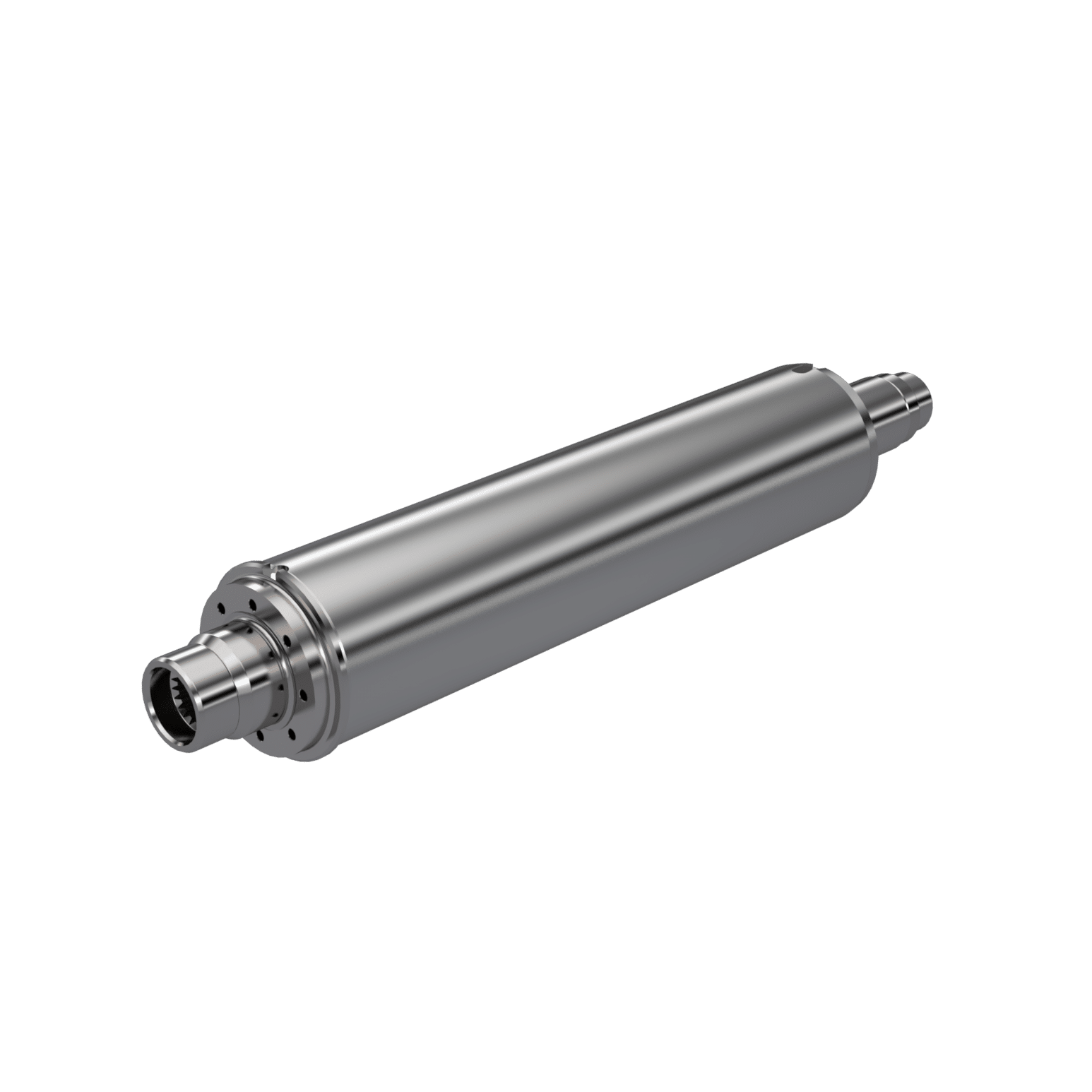Rotor Shafts
Electric vehicle powertrains present different mechanical engineering challenges compared to traditional powertrain architectures. These challenges come in many forms, including higher working RPM’s, to lower noise limits, to increased heat transfer capabilities and so on.
Rotor shafts have evolved over recent years. Originally solid machined forgings, shafts moved to lighter weight designs through additional center drilling. This in turn evolved to hollow shafts that provide greater weight reduction. The latest step in rotor shaft evolution is to increase their function from solely supporting the laminates, to additional activities such as cooling management or integrated differential gears. NETFORM has developed novel manufacturing processes that allow the cost-efficient production of advanced rotor shafts with integral cooling and component consolidation.
NETFORM’s Flowforming and Press Forming technologies help overcome the product design limitations that come with using a shaft preform designed from traditional manufacturing processes. Using NETFORM’s advanced forming processes, product engineers can achieve part consolidation, weight reduction, cooling system incorporation and cost reductions not
previously possible.















